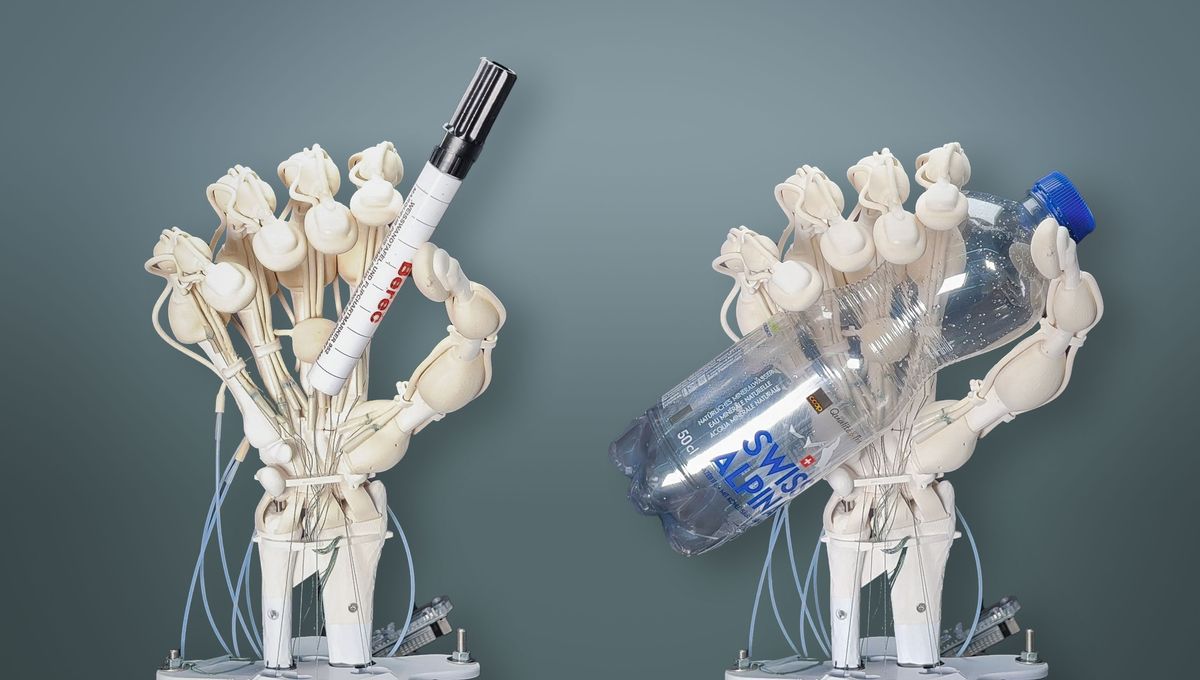Did you know that the average life expectancy in the US has been dropping in recent years? It was 78.8 years in 2019, but it fell to 77 years in 2020, and then again to 76.1 years in 2021.
Interestingly, females tend to live longer than males. This pattern holds true not only for humans but also for many other species in the animal kingdom. Previous research has suggested that the difference in life expectancy between genders may be related to sex chromosomes. Biological females have two X chromosomes, while males have an X and a Y chromosome, which puts them at a higher risk of X-linked abnormalities. Additionally, the loss of the Y chromosome as males age could also contribute to this trend.
Other factors that may explain the gap in life expectancy include differences in heart disease risk, size, occupation, risk-taking behavior, and willingness to seek medical care. In the US, women have consistently outlived men for over a century, primarily due to lower rates of cardiovascular disease and lung cancer, often linked to differences in smoking behavior.
However, a recent study suggests that the widening gap in life expectancy is now primarily driven by COVID-19 deaths, drug overdoses, and suicide. The researchers analyzed death records from 2010 to 2021 and found that COVID-19 became the leading contributor to the widening gender life expectancy gap, followed by unintentional injuries such as drug overdoses and transport-related accidents.
Men were found to be more susceptible to COVID-19, possibly due to a higher burden of comorbidities and differences in health behaviors and socioeconomic factors. The increasing mortality rates from heart disease, diabetes, homicide, and suicide also contribute to the widening life expectancy gap, highlighting the impact of chronic metabolic disease and mental illness.
While we may expect COVID-19-related deaths to decrease as the pandemic recedes, it is concerning that preventable factors such as drug overdoses, homicide, and suicide continue to contribute to the disparity in life expectancy.
The authors of the study emphasize the need to address these twin crises of deaths from despair and firearm violence. They call for close monitoring of these trends as the pandemic subsides and significant investments in prevention and care to prevent further entrenchment of the widening disparity.
If you or someone you know is struggling, remember that help and support are available. In the US, you can contact the National Suicide Prevention Lifeline at 1-800-273-8255. In the UK and Ireland, the Samaritans can be reached at 116 123. International helplines can be found at SuicideStop.com.
Stay informed and take care of your well-being!
The study is published in JAMA Internal Medicine.








